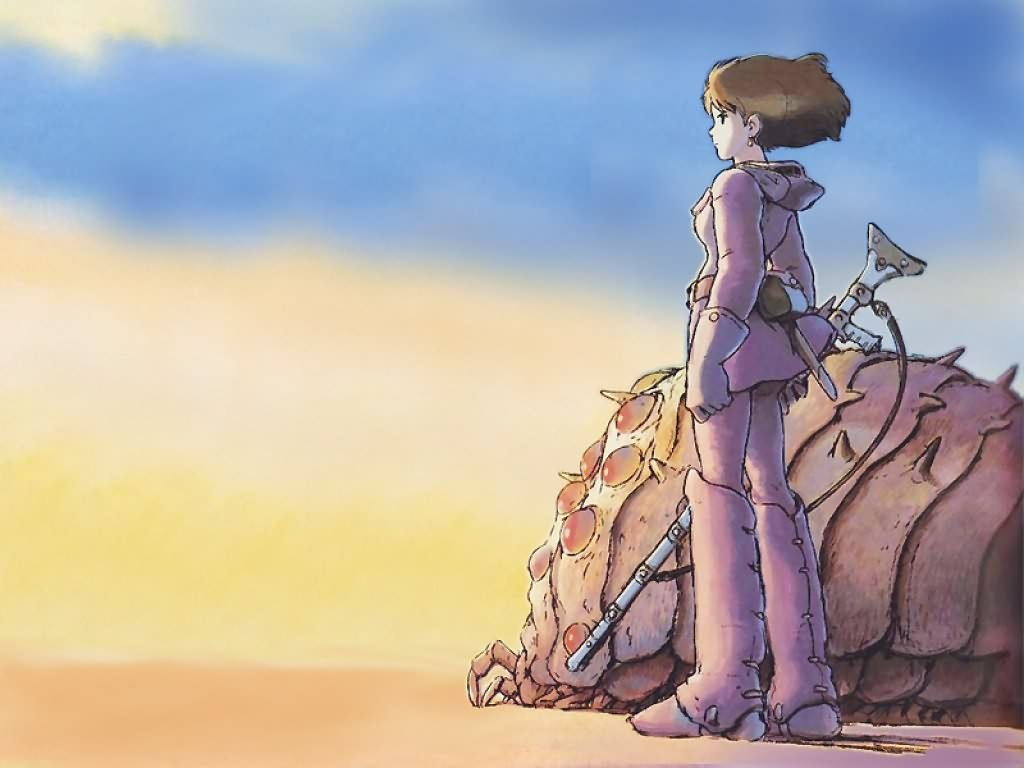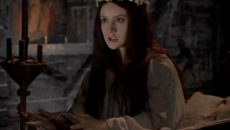While ‘Nausicaa’ is normally considered the first film produced by Studio Ghibli, the film was actually released a year before the studio was officially founded. (Photo courtesy of Toei Company)
Jason Ounpraseuth
Connector Staff
Studio Ghibli has touched the lives of many film fans over the past 30 years with its breathtaking animation, wonderful characters, and thought-provoking stories. Director Hayao Miyazaki is at the forefront of this animation studio’s rise and fame with classics like “My Neighbor Totoro”, “Princess Mononoke” and “Spirited Away”.
What sometimes gets lost in the discussion of best Miyazaki films is his first original feature before Studio Ghibli was an official studio (1985) “Nausicaa of the Valley of the Wind”. “Nausicaa” was released in 1984 and is based on the manga of the same name written and illustrated by Miyazaki himself.
The film takes place in a post-apocalyptic future where the Earth has been ravished by war and infected by a toxic jungle along with giant mutant insects called ‘the Ohm’. The protagonist, Nausicaa, is the princess of the Valley of the Wind, one of the last few places on Earth unaffected by the poisonous jungle and the Ohm. One night, a cargo plane carrying an embryo of the Great Warrior, a devastating weapon that is the main cause of the destruction and pollution of Earth, crashes onto the Valley. Soon after, the nearby kingdom of Tolmekia invade the Valley to seize the Giant Warrior for themselves and take Nausicaa hostage, forcing a struggle between the Tolmekians and the people of the Valley of the Wind.
“Nausicaa” has a powerful anti-war and environmental rhetoric that still holds true today, and these themes are best illustrated through Nausicaa herself. She is, for the most part, a pacifist, until her hand is forced to use her cunning and skills to help her people and the Earth from dangerous enemies fueled by power and greed. Nausicaa is the embodiment of the ideas of understanding one another, standing up for one’s own beliefs no matter the cost and being compassionate towards a stranger whether they’re friend or foe.
These themes are further expressed through Princess Kushana, the film’s main antagonist. Kushana, and by extension the Tolmekian people, are motivated by fear of the unknown, whether that be neighboring kingdoms or the Ohm themselves. In response, they try to conquer and gain power to try to alleviate those fears, even if their conquests only serve to make things worse overall. Admittedly, this does lead to Kushana herself largely being a one-note villain, but the audience at least understands her motivations enough for her to act as a decent counter-point to Nausicaa.
The animation of “Nausicaa” is fantastic and features impressive background art that captures the bleak and desolate Earth and the astonishing Valley of the Wind. There is room for some minor nitpicks, mainly that the color choices of some of the characters’ costumes is a bit suspect and doesn’t really make them standout. This leads to some characters looking strange rather than blending in with the background. The use of color does pay off during the film’s ending, and without spoiling what happens, the ending of “Nausicaa” is an awe-inspiring piece of cinema that may not be for the faint of heart.
Nevertheless “Nausicaa of the Valley of the Wind” stands out as a timeless masterpiece that could arguably be Hayao Miyazaki’s best films ever.
Final Grade: A-




